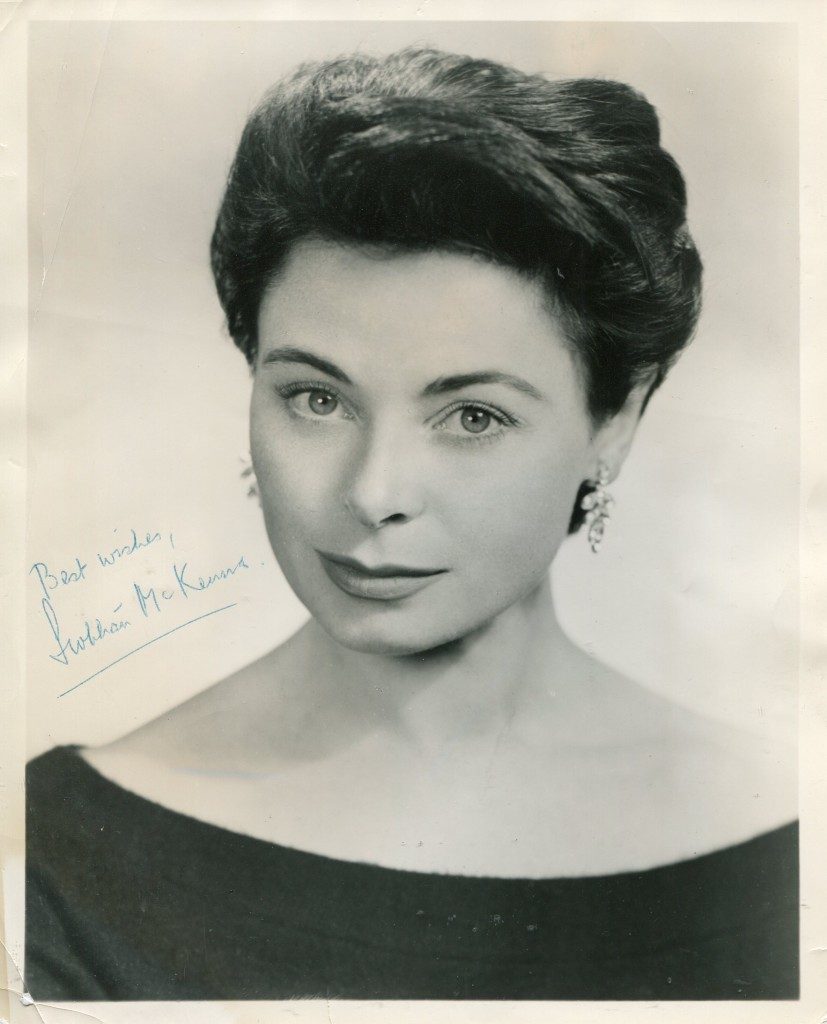
Siobhan McKenna was and is regarded as Ireland’s greatest actress. She made few films but she has given excellent performances in the few that she participated in. Her most important films are “Daughter of Darkness2, “Hungary Hill”, “King of Kings” and “Dr Zhivago. Shortly before her death in 1986, she had given a tremendous performance in Tom Murphy’s “Ballingaire”. She was married to the actor Denis O’Dea who predeceased her.
Joan of Arc, surely the most extraordinary of all Christian saints, was convinced, and successfully convinced others, that she was guided by angelic voices. She stepped into the story of her country in the most dramatic way. A peasant girl from the fields, she led the French army to a series of victories at a terrible time for France in the One Hundred Years’ War, bitterly fought, over the succession to the French throne. She was betrayed. On May 30 1431, accused of heresy, she was cruelly burnt alive in a small Normandy town. She was only 19 years of age.
Wonderfully, as British soldiers believed they saw angels over the battlefields of Mons, French soldiers, looking upwards from their own hellish trenches, saw her riding in full armour on horseback through the clouds. She wasn’t yet a certified saint, but French soldiers in the Great War knew Joan of Arc was with them. She was always, after all, devoted to the common soldier who fought and paid for France’s freedom with their lives. They prayed to her, told stories about her, sang about her. After the war, the Vatican hastened to canonise her in 1920.
George Bernard Shaw, capitalising on the still relatively recent canonisation of Joan, brilliantly brought her life to the stage in 1924. It is probably his finest play. Shaw created a provocatively original version of The Maid as a protestant and a nationalist before her time. He had in mind that the famous actress Sybil Thorndike would play the leading role, which she did to wide acclaim. The part has gone on to be a defining role for women.
The challenge was taken up in Galway’s little Irish language theatre when a perfect translation of the play was sent to the directors, who immediately agreed to produce it. The translation was done by a young actress, and fluent Irish speaker, Siobhán McKenna, and the role was to bring her fame beyond her dreams.
The play opened in Galway in December 1950. It was the talk of the town. People were both moved and awed by Siobhán’s portrayal of St Joan. It was a new departure for An Taibhdhearc. No longer was it just sufficient for a play to be in Irish; it had to be of the highest theatrical standard, evidenced by its acting and presentation.
The play was directed by Ian Priestly Mitchell, but Siobhán insisted on certain changes. She refused to work with two members of the cast whom she claimed were not up to speed. The changes she asked for were all made.
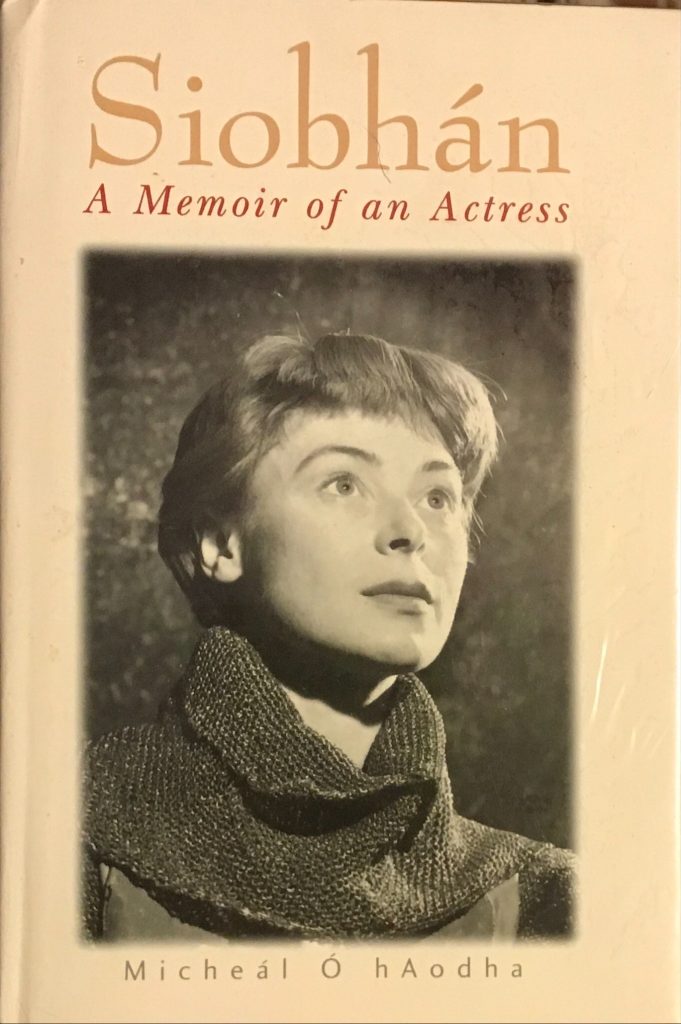
In January 1951 the play moved to the Gaiety Theatre in Dublin. In the audience was An Taibhdhearc’s old friend Micheál MacLiammóir who was enchanted. He persuaded Siobhán to present the play at his Gate Theatre, but in the original English version.
Again Siobhán’s performance caused a sensation. Audiences wept when Joan, given a choice of being entombed for the rest of her life on a diet of bread and water, or burned at the stake, desperately replied: “You think that life is nothing but not being dead? It is not the bread and water I fear. I can live on bread. It is no hardship to drink water if the water be clean. But to shut me from the light of the sky and the sight of the fields and flowers; to chain my feet so that I can never again climb the hills. To make me breathe foul damp darkness… without these things I cannot live. And by your wanting to take them away from me, or from any human creature, I know that your council is of the devil.”
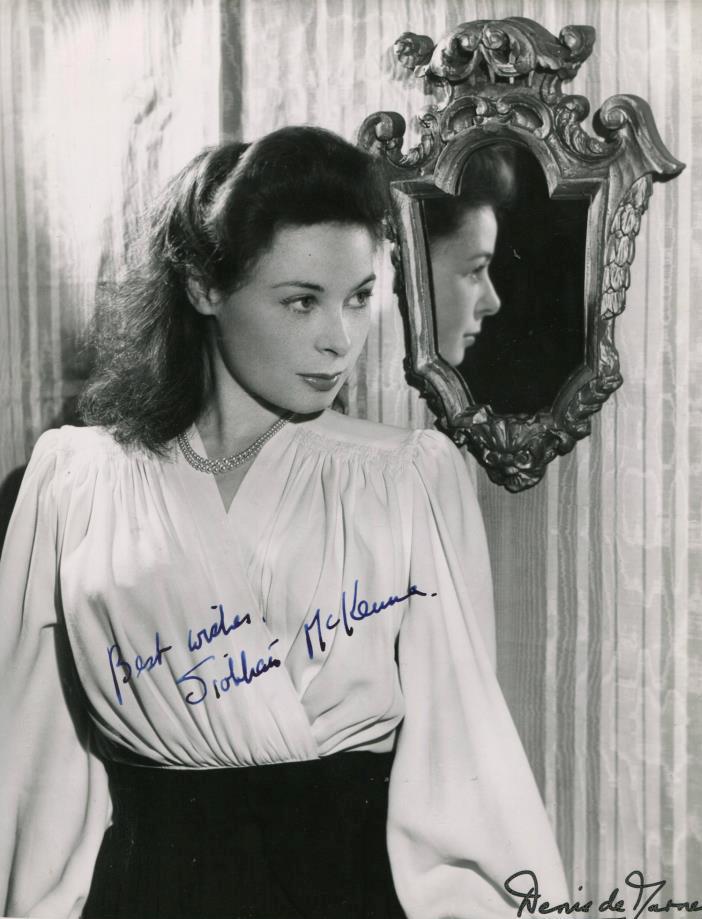
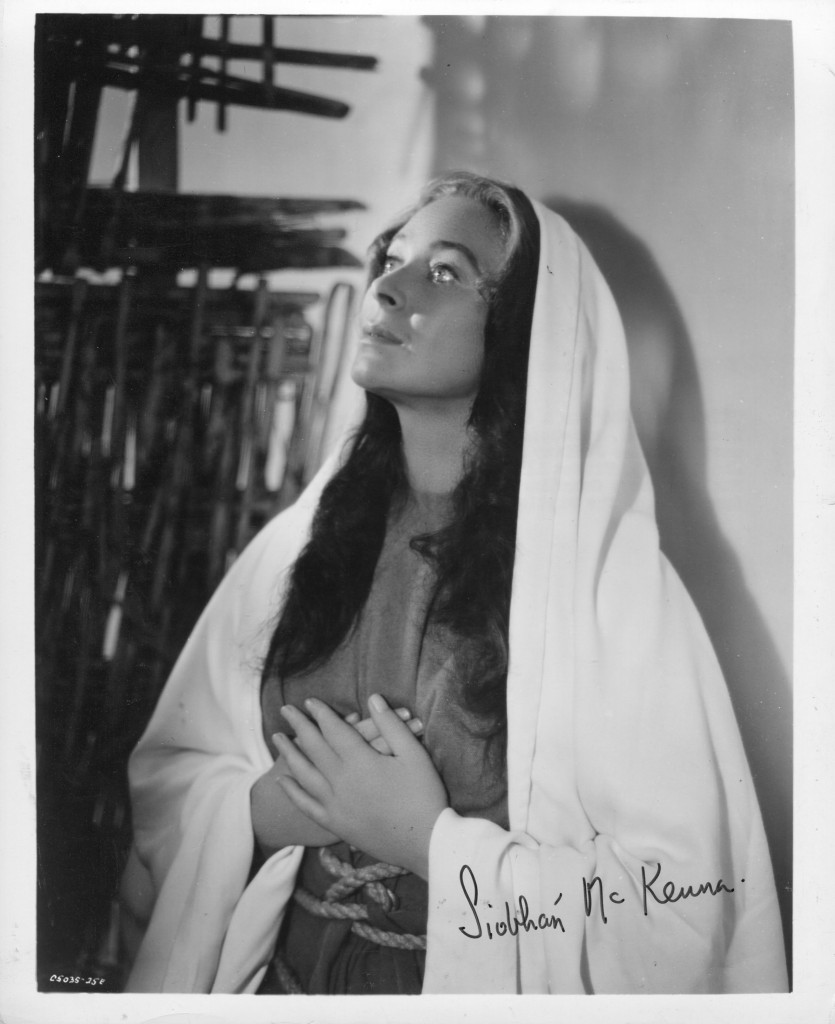
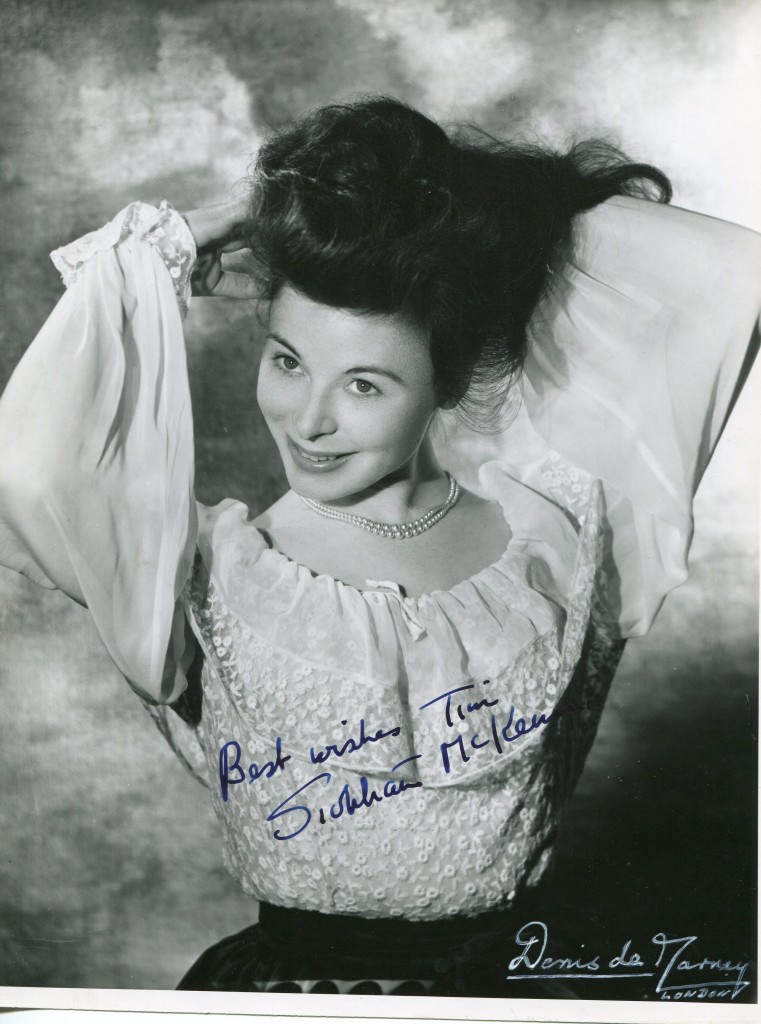

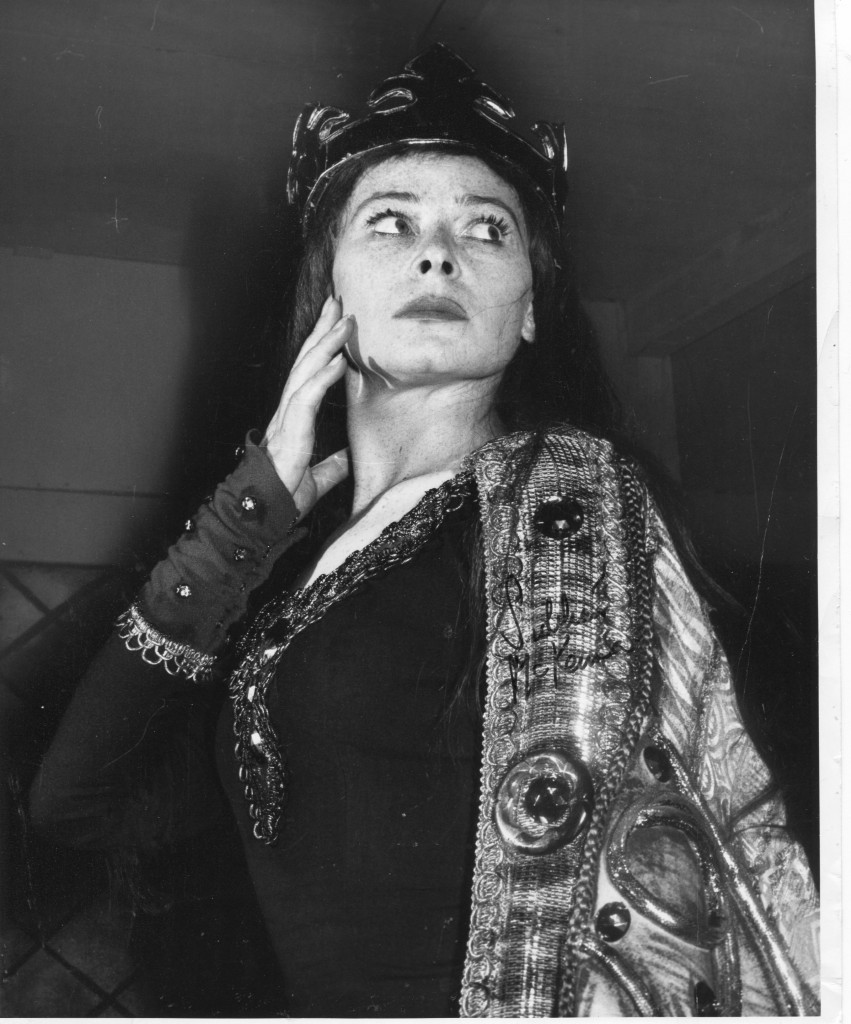
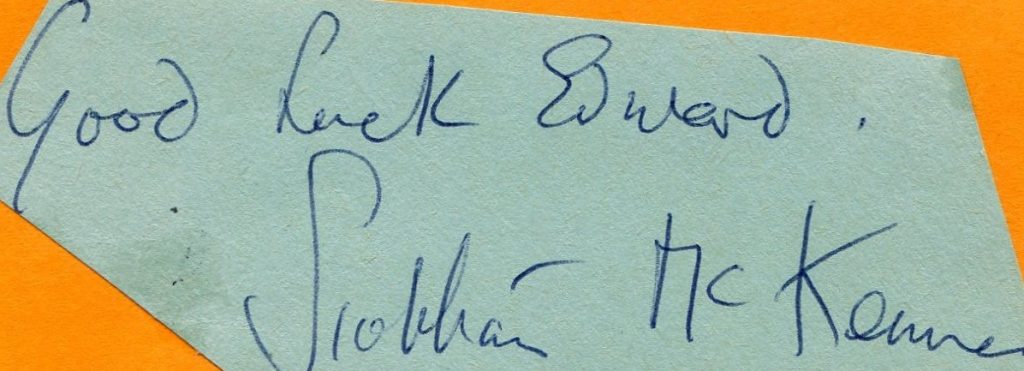
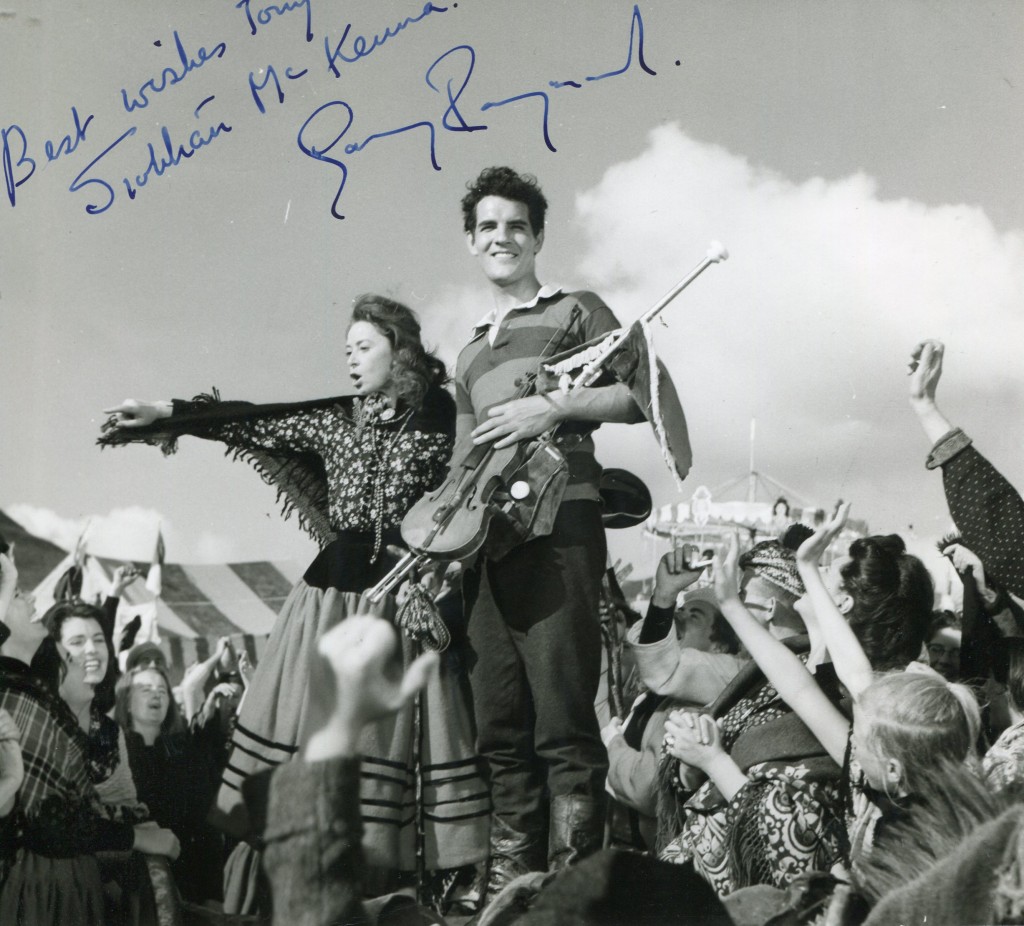
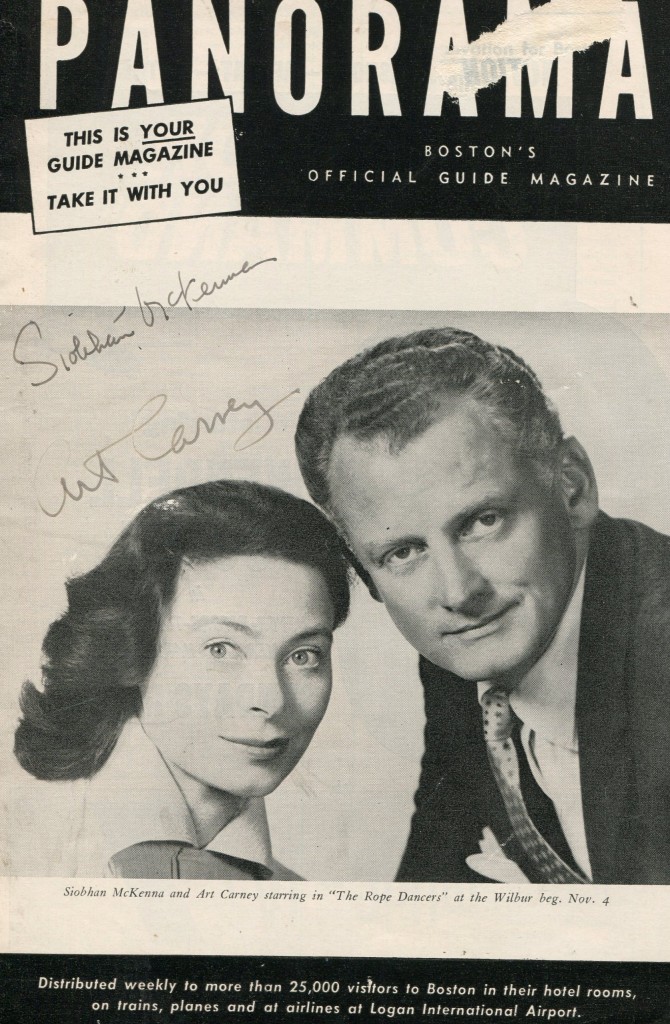
From Dublin the play transferred to London, then Paris (where it took the city by the proverbial storm ), and finally to New York. She was featured on the cover of Life magazine; and in 1956 was the first Irish actor to win a Tony Award, the highest accolade that Broadway can confer.
Siobhán was born Siobhán Giollamhuire Nic Cionnaith into a proudly Irish speaking, nationalist family in Belfast, in May 1923. Her mother was Margaret O’Reilly from Longford, and her father Eoghan was something of a mathematical genius. In 1928 he was appointed professor of mathematical sciences at NUIG, and the family moved into the imposing Fort Eyre, in Shantalla.
Siobhán went to school first to the Dominican Sisters at Taylor’s Hill, and then as a boarder to the St Louis Sisters at Monaghan. While a student at NUIG, she began acting at An Taibhdhearc, and showed such promise that Professor Liam Ó Briain (one of the founders of An Taibhdhearc ) recommended her to the Abbey where she was immediately given a contract. As her career developed she had small parts in films and on the London stage. She received praise from the renowned critic Kenneth Tynan for her role in James Forsyth’s Héloise in 1951, the same year that her St Joan took off internationally.
The above “Galway Advertiser” article can be also accessed online here.
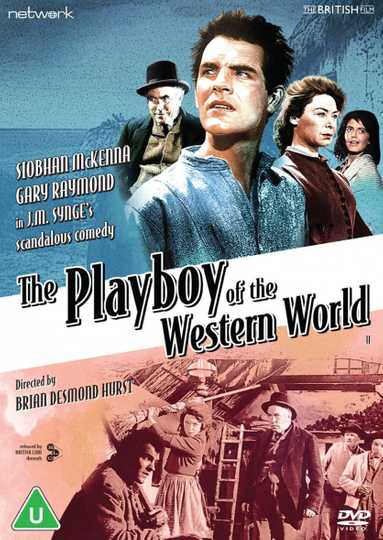
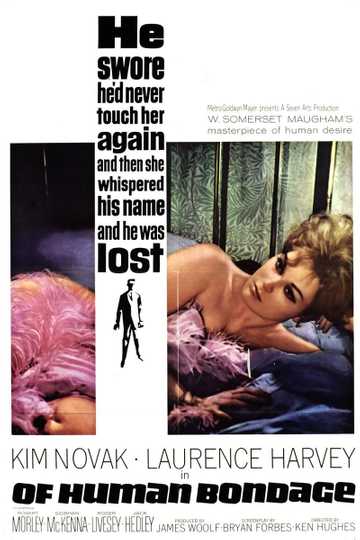
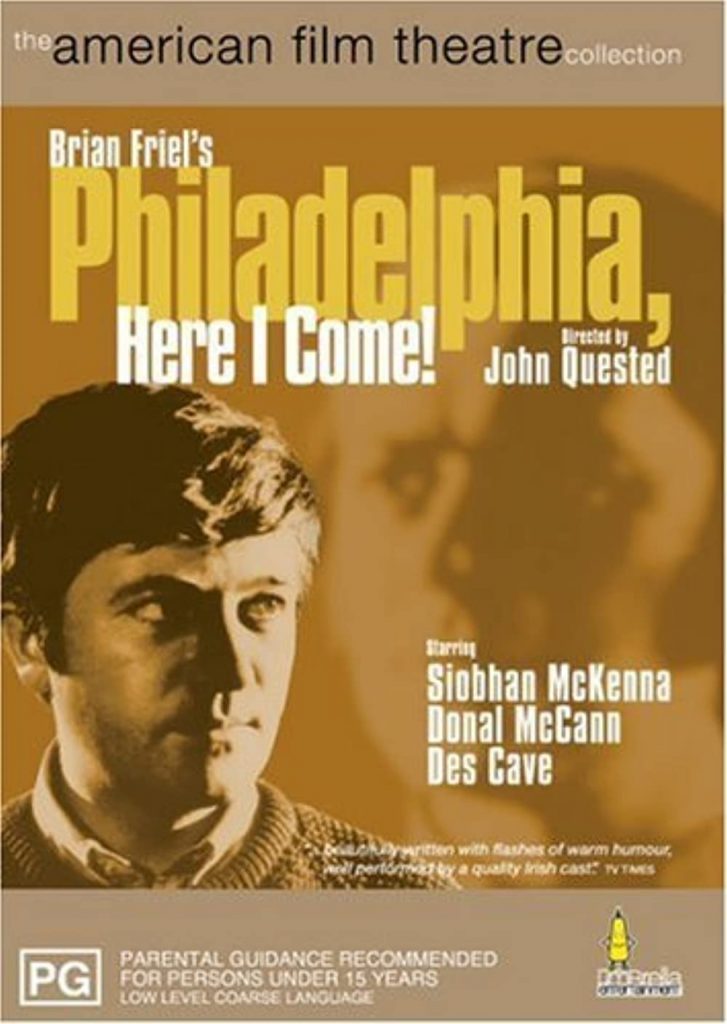
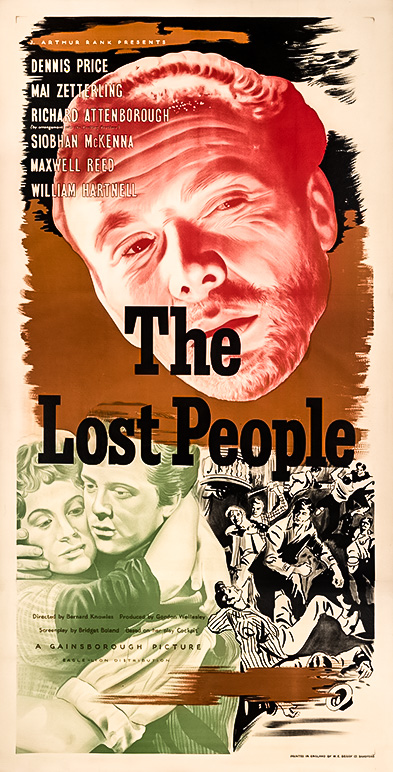

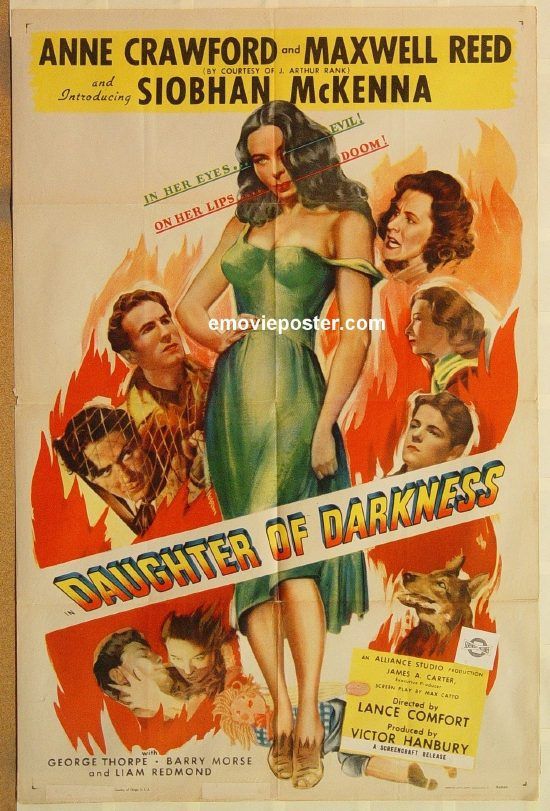
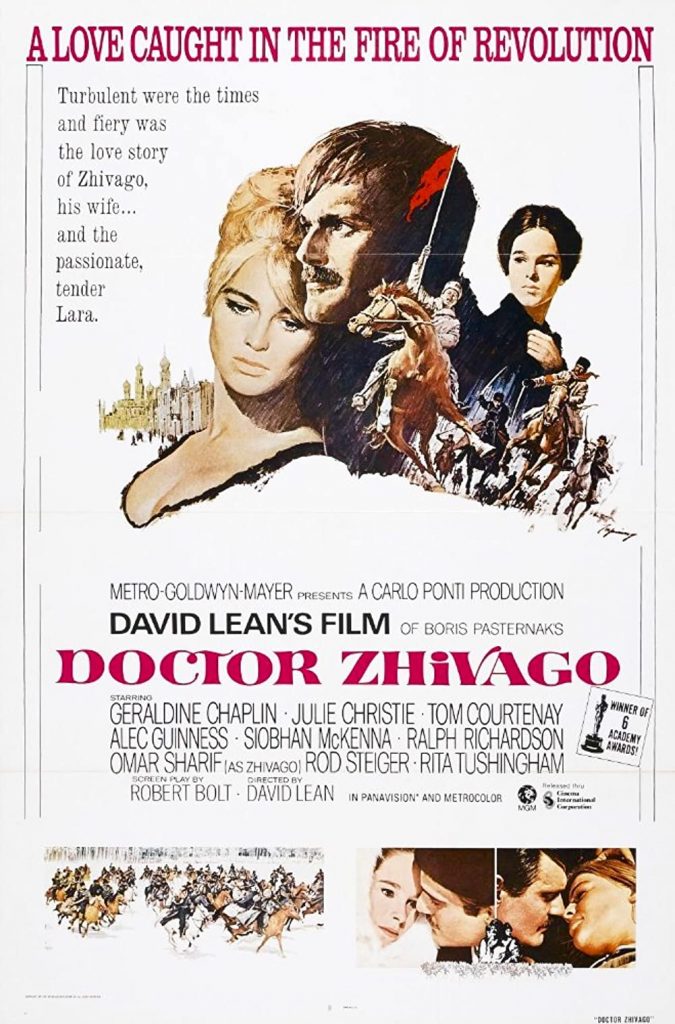
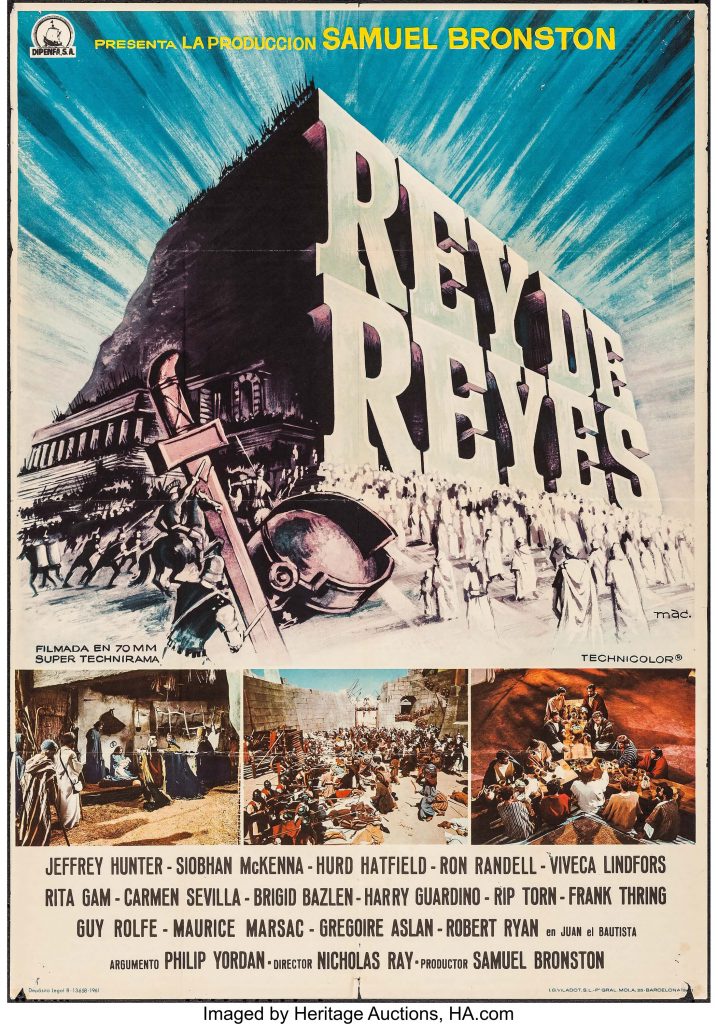
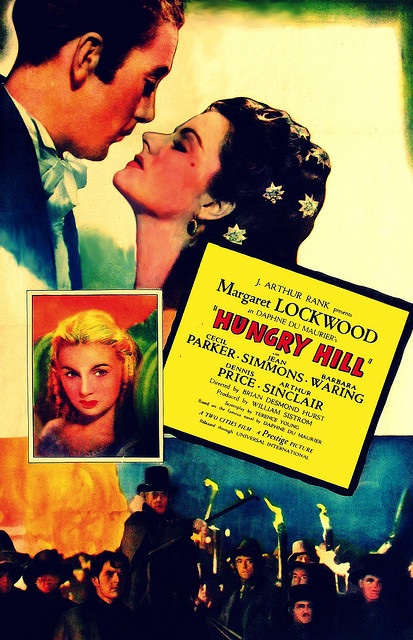
Rarely out of work some of Siobhán’s other memorable roles include Pegeen Mike from the Playboy of the Western World, directed by Shelah Richards (later made into a film ). She enjoyed leading parts with the Royal Shakespeare Company in Stratford-upon-Avon, with Cyril Cusack in Anton Chekov’s The Cherry Orchard, and in David Lean’s Dr Zhivago.
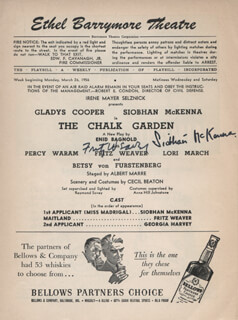
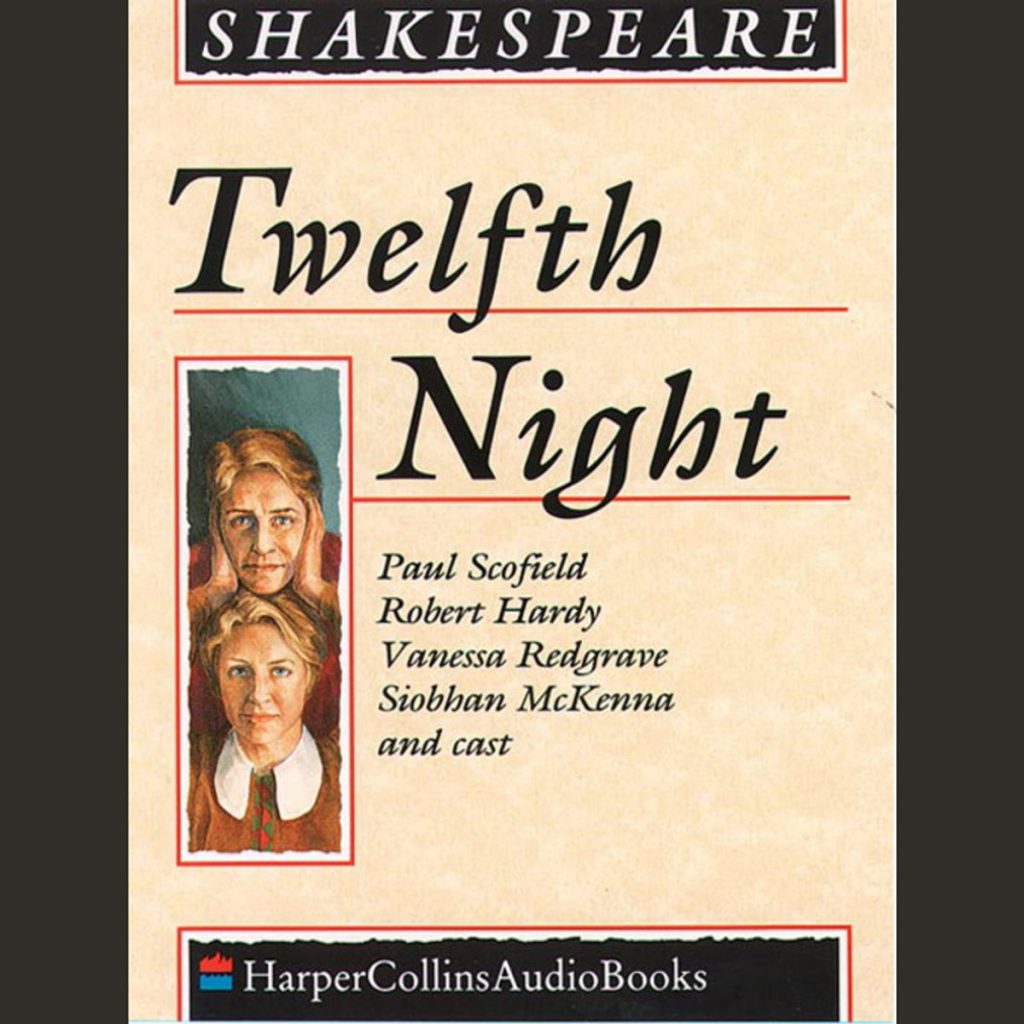
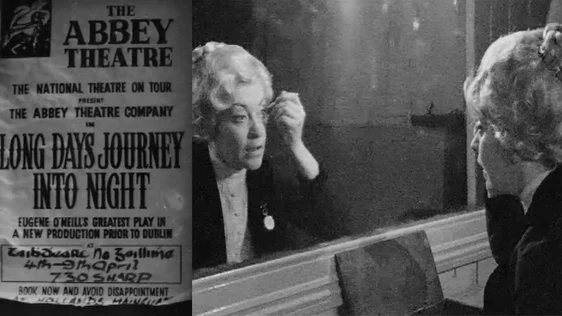
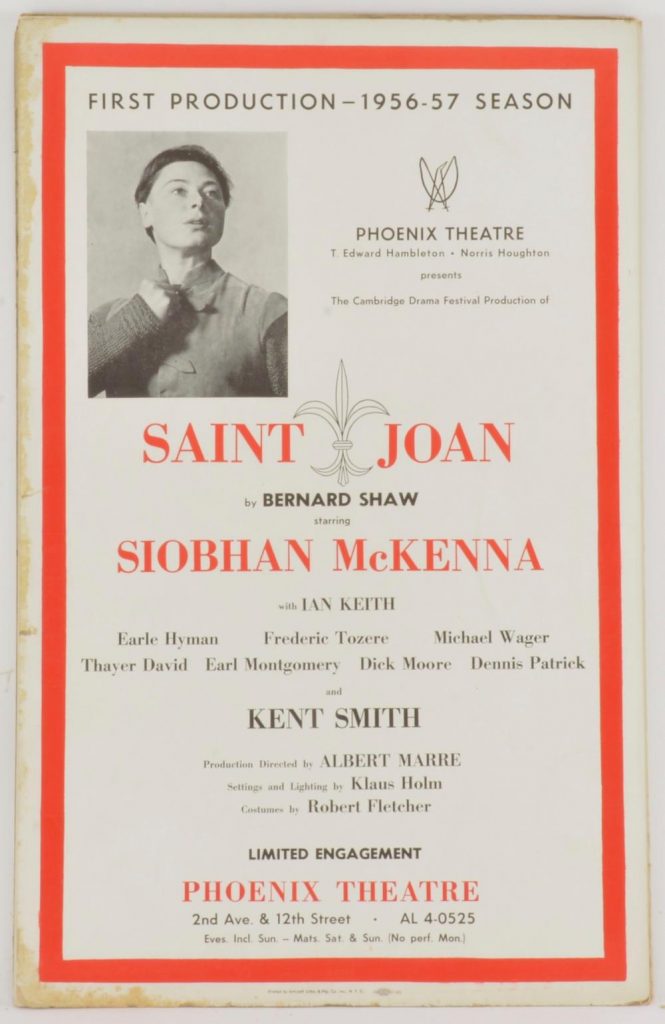
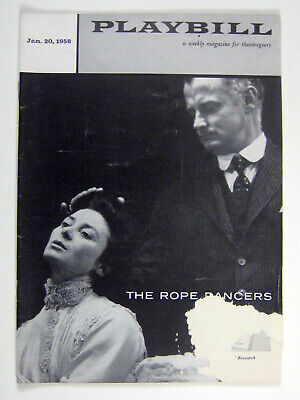
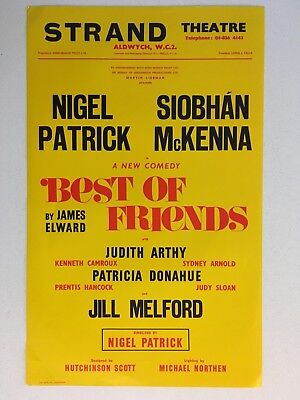
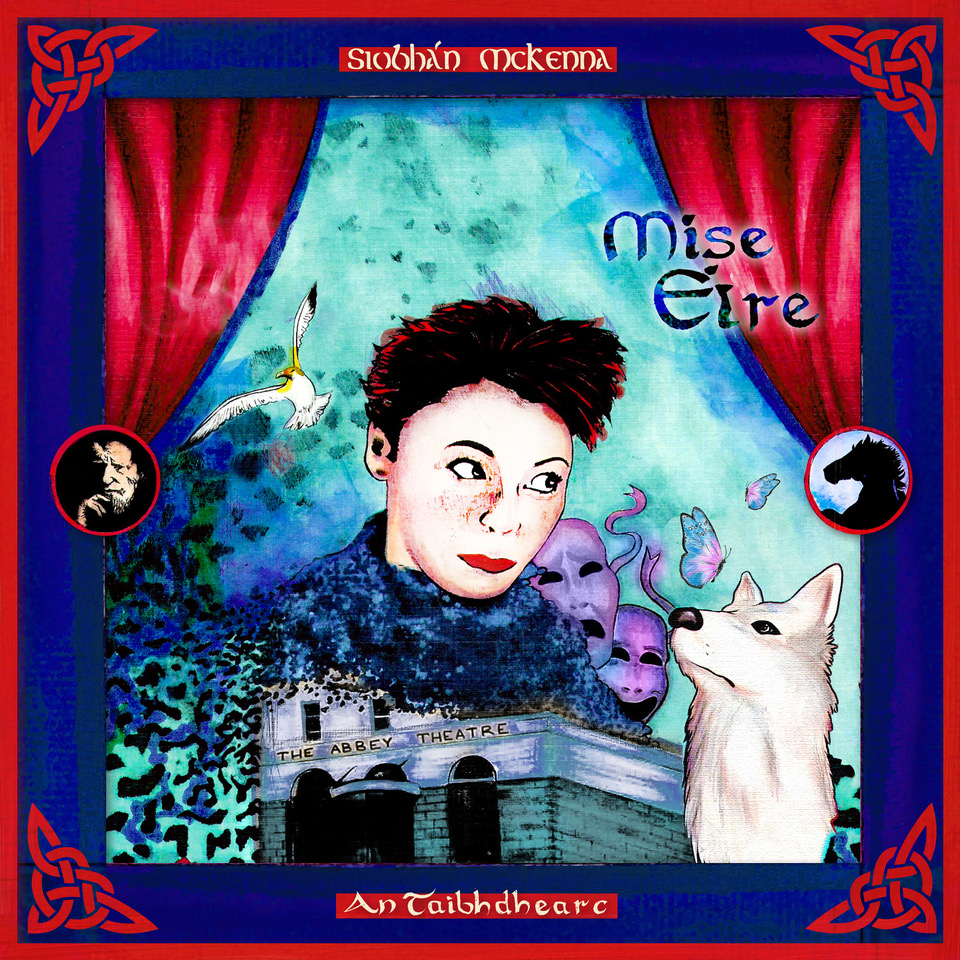
Siobhán was the much over-used term, a star, and greatly sought after. In early 1986, the year she died at only 63 years of age, and although seriously ill (of which few people were aware ), she undertook the demanding role of Mammo in Tom Murphy’s Bailegangaire, which was written with her in mind. It was memorably directed by Garry Hynes (herself a Tony Award winner ), to rave reviews. Siobhán’s contribution became a legend.
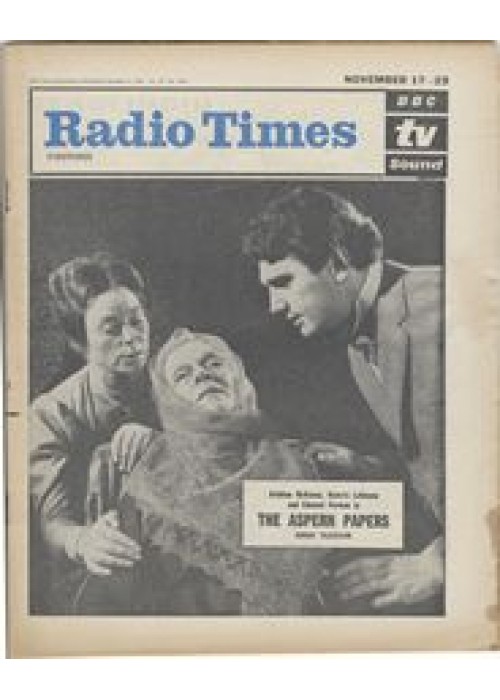
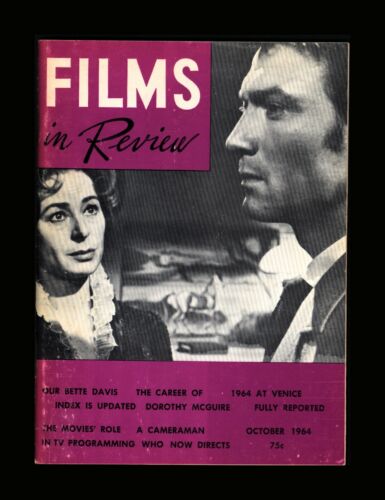
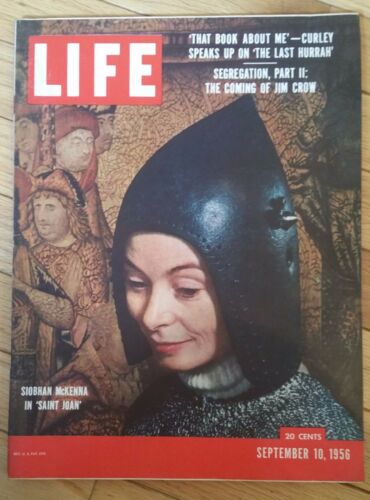
New York Times obituary:
- Nov. 17, 1986
Siobhan McKenna, a pride of the Irish theater whose vivid Joan of Arc captivated Broadway audiences in 1956, died of a heart attack yesterday after surgery at the Black Rock Clinic in Dublin. She was 64 years old and a resident of the Irish capital.
Miss McKenna’s agent in New York, Milton Goldman, reported that she had been suffering from lung cancer. The actress was to have appeared in a new film directed by John Huston and based on Joyce’s story ”The Dead,” Mr. Goldman said.
Miss McKenna, who was born in Belfast and grew up speaking Gaelic, was a product of the Abbey Theater in Dublin. She began her acting career in 1940 as a semiprofessional at the Gaelic An Taibhdhearc Theater in Galway, Ireland.
She became associated with the Abbey in 1944 and made her London debut in ”The White Steed” in 1947. But she returned to Galway in 1951 to appear as Joan in her own Gaelic translation of Shaw’s ”Saint Joan.” She then did the role in English to great acclaim in Ireland and London. ‘An Immediate Impression’
Theatergoers in New York first saw Miss McKenna in ”The Chalk Garden” in 1955. But it was her vigorous portrayal of Joan that took Broadway by storm the following year.
”A tidy young lady with a broad face, alert eyes and a voluminous voice,” Brooks Atkinson, the theater critic of The New York Times, wrote after the premiere at the Phoenix Theater, ”she makes an immediate impression on the theater, and for the last two or three years has been made a distinct impression on ‘Saint Joan.’ ”
Mr. Atkinson, who believed that Miss McKenna’s interpretation did not fully explore Shaw’s character in all its ramifications, wrote that she ”concentrates on the hearty farm girl who has seen visions and who bullies her way to the Dauphin’s court and the vasty fields of France by her rude vitality, naive camaraderie, brashness and boyish stance.”
”Miss McKenna,” he went on, ”fairly bursts into every scene, and usually at the top of her voice. She reads her lines with a sing-song rhythm that becomes rather hypnotic before the play is over. But the accent is Irish, which makes it particularly attractive to American ears, and the voice is extraordinarily powerful.” ‘The Best St. Joan’
The actress Geraldine Page said yesterday: ”It was the best St. Joan I’ve ever seen. It is one of the greatest performances of the century.” She also called Miss McKenna ”an absolutely extraordinary actress.”
In Ireland, another colleague, Cyril Cusack, called her death ”a great shock and a great loss to the Irish theater and country.”
Miss McKenna also scored an enormous success with a one-woman show, ”Here Are Ladies,” that became a centerpiece of the New York Shakespeare Festival’s comeback season in 1971. In it, she presented a gallery of women by Irish writers she loved and admired: Yeats, Synge, Joyce and Beckett, among others.
Miss McKenna turned the show into a collage of Irish writing, delivered with a caressing brogue and crowned with a powerful reading of Molly Bloom’s soliloquy from Joyce’s ”Ulysses.” Scheduled for only a short run, it played for 67 performances until Miss McKenna decided the strain of the multiple-role solo evenings was becoming too much for her.
But she took the show on a United States college tour later that year, then performed it, again to much acclaim, in Ireland and Britain, and brought it to Broadway in 1973. A 1971 one-hour film version of the show, broadened to include the sights of Ireland and a suporting cast from the Abbey, was seen on American cable television last year. Spoke
Siobhan McKenna was born on May 24, the year being given variously as 1922 or 1923. As a child, she spoke only Gaelic. After attending a convent school, she gained her first acting experience at Galway University, where she joined the only all-Gaelic reportory theater in Ireland, An Taibhdhearc.
After graduation in 1944, she moved to the Abbey and first appeared in ”The Countess Cathleen,” which marked her stage debut in English. She made her film debut in 1947 in Daphne du Maurier’s ”Hungry Hill.”
More films followed, but Laurence Olivier prompted her to return to the stage in ”Fading Mansions.” Her career then became a steady stream of roles in plays, new and classic, and movies, including ”Doctor Zhivago” and ”Playboy of the Western World.”
Miss McKenna walked the boards of London, Edinburgh, Stratford-on-Avon, Stratford in Ontario, New York and many other places. Among her most recent work in the United States was another one-woman production, ”Dubliners, Exiles, Epiphanies,” with readings from Joyce. She opened it in 1982 at the Joyce Centennial Festival in Washington and took it around the country and to Ireland after that.
Miss McKenna was married for 32 years to the actor Denis O’Dea, who died in 1978. She is survived by their son, Donnacha O’Dea, and a sister, Nancy.
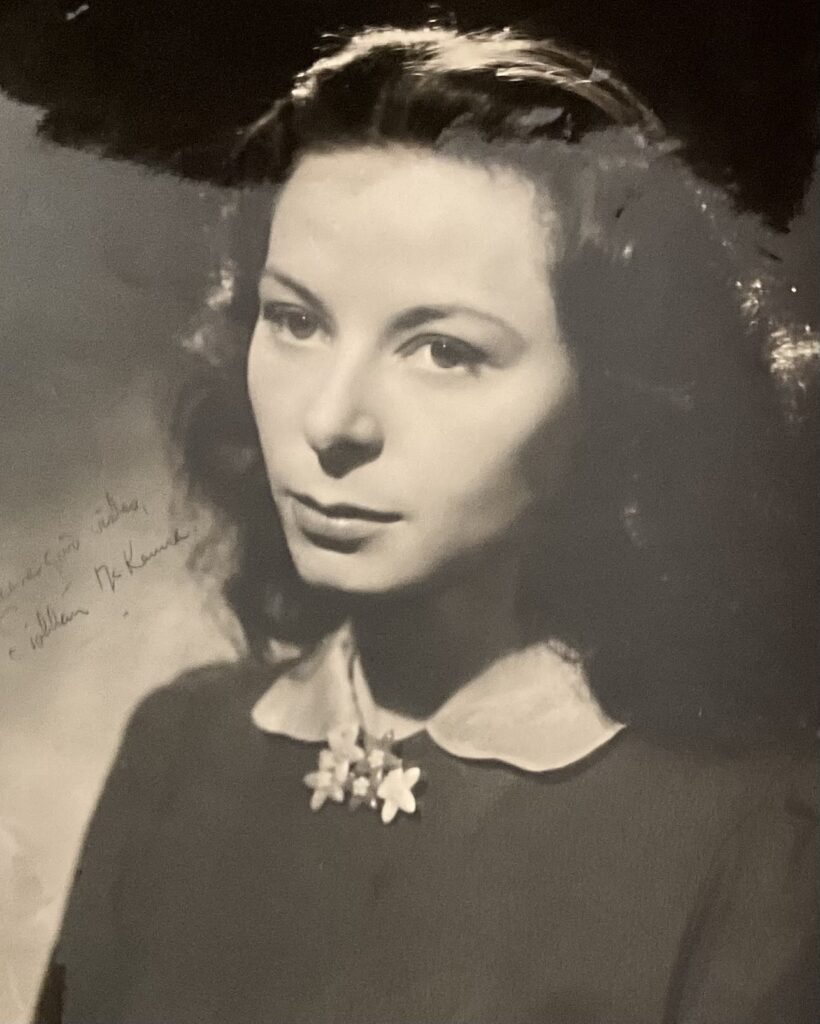
Dictionary of irish biography
McKenna, Siobhán (1922–86), actor and theatre director, was born 24 May 1922 at 28 St James’s Park, off the Falls Road, Belfast, Co. Antrim, the second daughter of Margaret (Gretta) O’Reilly from Loch Gamhna, Co. Longford, and her husband, Eoghan McKenna (b. Millstreet, Co. Cork, 1892) lecturer in mathematical physics at the Municipal College of Technology, Belfast. McKenna and her elder sister, Nancy (b. 1919), received their early schooling at the Dominican convent, Falls Road, Belfast. In 1928 Eoghan McKenna moved his family to Fort Eyre at Shantalla, Co. Galway, when he was appointed lecturer (later professor) in mathematical sciences at UCG.
Irish was the language of the McKenna household. Siobhán Ní Mhainín from Ballyferriter, Co. Kerry, lived with the family while studying for her degree in Irish. McKenna also became fluent in Connemara Irish. Her formal education, at Dominican College, Taylor’s Hill, Co. Galway, was interrupted by a year’s confinement to bed with glandular fever. She then enrolled at the boarding school of the St Louis Sisters at Monaghan, where she developed her love of drama. While still a university student, at UCG, McKenna acted leading roles at the Taidhbhearc, Galway’s Irish-language theatre, playing in the Irish version of Evans and Valentine’s Tons of money (‘Dalladh airgid’) in March 1941, in Jean-Jacques Bernard’s Le National Six (‘Ar an mBóthar Mór’, translated by Professor Liam Ó Briain (qv)), and in her own translation of J. M. Barrie’s Mary Rose. She played in an Irish version of Eugene O’Neill’s The Emperor Jones and in two plays by Sean O’Casey (qv), ‘Shadow of a gunman’ and ‘The plough and the stars’. She graduated BA from UCG with first-class honours in Irish, French, and mathematics in 1943, and enrolled at UCD for postgraduate studies in French.
Ó Briain is credited with bringing McKenna’s talent to the notice of Ernest Blythe (qv), managing director of the Abbey Theatre, who having auditioned McKenna offered her a contract. McKenna began at the Abbey with Irish-speaking parts in Peadar Ó hAnnracháin’s ‘Stiana’ (March to April 1944), followed by ‘Sodar i ndiaidh na n-uasal’, Blythe’s translation of Molière’s Le bourgeois gentilhomme (21 May 1944). She was noticed favourably for her playing of a Belfast factory girl in ‘The end house’ by Joseph Tomelty (qv) (August 1944), and her role as Jimín, a pert newsboy, in the Gaelic pantomime, ‘Muireann agus an prionnsa’ (26 December 1945 through January 1946), was acclaimed by the Evening Herald critic as ‘a performance of inexhaustible vitality’. 1946 was a decisive year in McKenna’s career and life. F. J. McCormick (qv), the great Abbey actor, tutored her when she played opposite him in ‘Village wooing’ by Shaw (qv); and when she received favourable notices for a small part in the British film Hungry Hill he advised her not to abandon her stage career for one in film. In September 1946 McKenna married the actor Denis O’Dea (qv); their only child, Donnacha, was born in August 1948.
McKenna first appeared on the London stage on 3 March 1947 at the Embassy Theatre as Nora Fintry in ‘The white steed’ by P. V. Carroll (qv). She played Maura Joyce in Sir Laurence Olivier’s production of Jean Anouilh’s ‘Fading mansions’ at the Duchess Theatre (31 August 1949); Olivier, too, counselled her to remain in theatre work when she was offered a Hollywood contract for her memorable performance in the Paramount film Daughter of darkness (1948). Theatre critics J. C. Trewin and Kenneth Tynan commented on her stage presence in James Forsyth’s ‘Héloïse’ (1951), Trewin describing her as ‘an actress of vision who can be as poignant in her silences as in her speech’ and Tynan remarking on her ‘pallor and intensity’.
In response to a request from the Taidhbhearc, McKenna offered to play the lead in her own translation of Shaw’s Saint Joan. A sensational success, it played to packed audiences first in Galway, in December 1950, and for one performance at the Gaiety in Dublin, 14 January 1951. Micheál MacLiammóir (qv), who was in the audience, invited McKenna to play Saint Joan in his production of the play, which opened at the Gate Theatre, Dublin, on 18 November 1954 to rave reviews. She also played the role in an English production in London in September 1954, at the Arts Theatre and then at the St Martin’s Theatre; she won the Evening Standard award for her acting. She played Saint Joan again in 1956–7 in Paris and then in New York, where with her unfamiliar Hiberno-English accent she took Broadway by storm. In 1956 she was the first Irish actor to win a Tony award. During the same years McKenna, with Shelah Richards (qv) directing, created a new Pegeen Mike in ‘The playboy of the western world’ by J. M. Synge (qv), first in 1951 at the Edinburgh Festival and then in July 1953 at the Gaiety Theatre in Dublin, with the actor–manager Cyril Cusack (qv) playing Christy Mahon, in what was deemed a superb production; it went on a European tour, and charmed Parisian audiences at the Sarah Bernhardt Theatre. In 1960 Richards revived the play for the Dublin Theatre Festival and for the Florence Festival, where McKenna was given the ‘best actress’ award. In 1961 Brian Desmond Hurst directed McKenna in the film production of The playboy of the western world. For international audiences Saint Joan is considered McKenna’s outstanding role; in Irish theatre history she is best remembered for redefining the role of Pegeen Mike.
McKenna, a fine Shakesperian actor, spent a season at Stratford-on-Avon in 1952. She played a captivating Viola in ‘Twelfth night’, directed by Sir Tyrone Guthrie (qv) at the Stratford Festival in Ontario in 1957, and a one-woman Hamlet in the manner of Sarah Bernhardt off Broadway in 1957, which critics panned; but her Lady Macbeth, opposite Jason Robards, at Harvard University in 1959 was of star quality, ‘putting in the greatest mad scene seen in the U.S. since Callas’s Lucia di Lamermoor’ (Time). Loyalty to the Irish stage brought her back to Ireland, and in 1960 she made Dublin her permanent home: the family lived on Highfield Road, Rathgar, first at no. 23 then, when O’Dea ‘s health declined, in a smaller house at no. 78. From then on McKenna steadfastly pursued the aims of an Irish national theatre, in keeping with the vision that inspired the Abbey’s founders. The establishment of Irish television in 1961 brought her into wider contact with the Irish public.
The dramatic revival of the 1960s in Ireland owed much to the founding of the Dublin Theatre Festival in 1957, which introduced a new generation of Irish dramatists to a theatre-going public. Exile, emigration, and homecoming for the economically deprived were themes that interested both writers and their public. McKenna’s engagement with the folk plays of Michael J. Molloy(qv) included financial backing, directing, and acting (Daughter from over the water, 1964) and gave McKenna the impetus to direct and introduce new forms of stagecraft. In 1966 she played Juno with Peter O’Toole and Jack MacGowran (qv) in ‘Juno and the paycock’ at the Gaiety Theatre, Dublin. At the 1967 Dublin Festival, which coincided with the reopening of the Abbey Theatre, she gave a magnificent performance as the broken-down, earthy Cass in Brian Friel‘s (qv) ‘The loves of Cass Maguire’. At the 1968 Dublin Festival at the Abbey she and Cyril Cusack starred in Anton Chekhov’s ‘Cherry orchard’, directed by Madame Knebal from the Moscow Art Theatre.
For more than a decade McKenna had been considering a one-woman show on the lines of MacLiammóir’s ‘I must be talking to my friends’. When Wolf Mankowitz and Laurence Harvey put up the money for a West End production, with Sean Kenny (qv) as designer and director, McKenna set about creating her show, choosing her pieces with consummate skill. Here are ladies played in Britain, North America, Australia, Ireland, and Vienna throughout the 1970s. Her Molly Bloom and stream of consciousness Anna Livia Plurabelle passages from James Joyce(qv) were a tour de force that brought audiences to their feet. She gave sixty-seven public performances and as many more at university venues. During the 1970s McKenna directed fifteen plays, taking over O’Casey’s ‘Juno and the paycock’ at the Mermaid Theatre in London in 1973 on the sudden death of Sean Kenny. In Toronto she directed a season of Synge plays later that year. Although she concentrated on directing plays by O’Casey and Synge in the 1970s, she continued to act: she played Bessie Burgess in the Abbey’s golden jubilee production of ‘The plough and the stars’ in 1976, which toured New York, Boston, Philadelphia, and Washington DC. In the mid 1970s McKenna formed a small company, Quest Productions, with John Hippisley as manager–director. She directed and played in Eugene O’Neill’s ‘A moon for the misbegotten’ at the Gate in 1975. In 1977 she played Sarah Bernhardt in ‘Memoir’ with Niall Buggy, in Eric Salmon’s production at the Olympia theatre in Dublin, the Ambassador in London, and briefly in Canada; the production was an artistic success but a financial failure. Quest Productions presented ‘Here are ladies’ and, with McKenna directing, O’Casey’s ‘The shadow of a gunman’ in Vienna 1980–81.
While McKenna was directing a season of one-act Irish plays in London, Denis O’Dea died 5 November 1978. The following year her own health began to fail but McKenna continued her hectic programme, appearing as Juno in Joe Dowling’s production of ‘Juno and the paycock’ at the Abbey in 1979, as Agrippina in ‘Britannicus’ at the Lyric, Hammersmith, London, in 1981, and in ‘All Joyce’ at the Abbey Theatre in 1982. In 1984, as well as directing and stage-managing Brian Merriman‘s (qv) ‘Cuirt an mheán-oiche’, she played a luminous Mary Tyrone in Eugene O’Neill’s ‘Long day’s journey into night’ for the Abbey. The following year she and Maureen Potter (qv) played the two old ladies in ‘Arsenic and old lace’ with verve at the Gaiety in Dublin. Though seriously ill, McKenna undertook the demanding role of Mommo in Tom Murphy’s ‘Bailegangaire’, which he had written with her in mind. Directed by Gary Hynes, it played at the Druid Theatre in Galway from December 1985 through January 1986, transferring to the Donmar Warehouse in London for the spring of 1986, and to the Gaiety Theatre, Dublin, for a two-week run. Murphy’s drama is set in a cottage in the west of Ireland where a senile grandmother, Mommo, strives to tell her two granddaughters a story which she cannot finish. The production was a rare conjunction of director, actors, staging, and play. McKenna’s contribution became a legend.
On 16 November 1986 McKenna died of cardiac arrest after a lung operation in the Blackrock clinic in Dublin. She was buried at Rahoon cemetery in Galway. During her lifetime she received many honours: life membership of the Abbey Theatre (1966) and of Irish Actors’ Equity (1970), honorary doctorates from the NUI, TCD, University of Ulster at Coleraine, and several American universities. She was awarded the Eire Society of Boston gold medal in 1971. In 1975 President Cearbhall Ó Dálaigh (qv) nominated her to the council of state, an appointment continued by his successor President Patrick Hillery. Active in human rights, on 19 March 1982 McKenna addressed the United Nations special committee against apartheid in New York by invitation; she revealed that she and Dame Peggy Ashcroft were among a group of actors, members of Actors’ Equity, who had signed a declaration not to perform in South Africa until there was an end to apartheid. Fearless in confrontation, she took a libel case against The Observer over an article written by the then editor, Conor Cruise O’Brien, accusing her of anti-Semitism because of a careless remark she once made on New York television. At her graveside playwright Brian Friel declared: ‘For people of my generation, she personified an idea of Ireland.’ McKenna was pre-eminent among the players who brought the dramatic works of the Irish literary revival to the national and international stage in the second half of the twentieth century.
Portraits of Siobhán McKenna include those by Barrie Cooke (qv) (NGI), Meloe (1949; foyer, Abbey Theatre, Dublin), and M. Ó Nualáin (board room, NUIG), and a bromide print by Yousuf Karsh (National Portrait Gallery, London). McKenna’s papers are in the archives department of the NUI, Galway.
More information on this entry is available at the National Database of Irish-language biographies (Ainm.ie).
Reference Library, RTÉ, Donnybrook, Dublin; Abbey Theatre archives, Dublin; records, St Louis convent, Monaghan; Who was who, 1981–1990; Who’s who, 1990; M. Ó hAodha, Siobhán: a memoir of an actress (1994); Phyllis Hartnoll and Peter Found (eds), The concise Oxford companion to the theatre (1992); Beathaisnéis 1983–2002 (2003); ODNB; M. Murphy, ‘The Joan of a generation: Siobhan McKenna’s San Siobhán’, M. and R. Kenneally (ed.), From “English literature” to “literatures in English”: international perspectives; Festschrift in honour of Wolfgang Zach (Heidelberg, 2005), 239–50; personal knowledge.
– Margaret MacCurtain.

